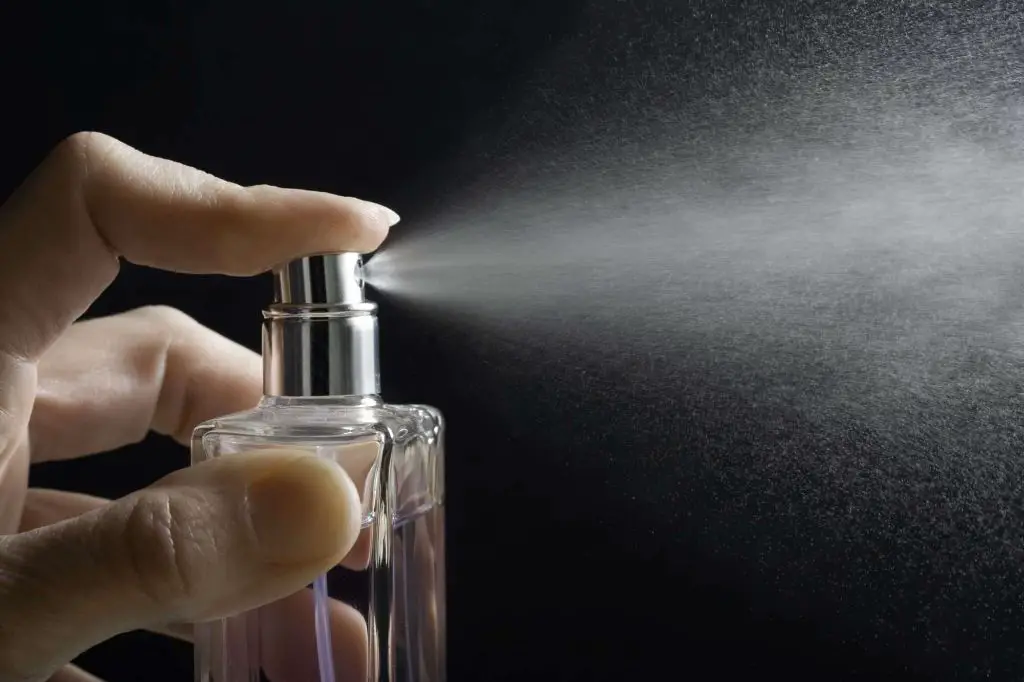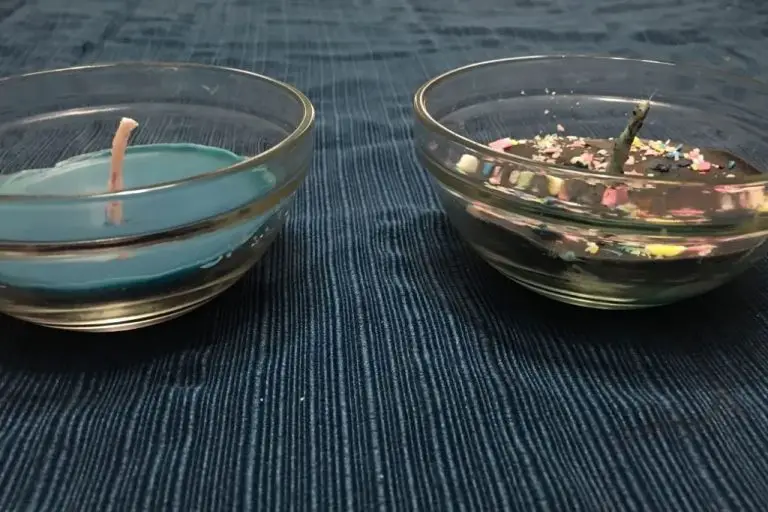What Makes Candles Non-Toxic?
Non-toxic candles are designed to burn cleanly and minimize exposure to potentially harmful chemicals released during combustion. Unlike regular candles, non-toxic varieties avoid ingredients like synthetic fragrances, paraffin wax, and artificial dyes that can emit volatile organic compounds (VOCs), soot, and other toxins when lit.
Choosing non-toxic is important because conventional candles often use low-quality materials that can degrade indoor air quality and irritate lungs when burned. Studies have linked VOCs from candles with increased cancer risk, asthma symptoms, and other health issues. Non-toxic candles with natural waxes, pure essential oil scents, and cotton wicks minimize these risks and create a cleaner burn.
This guide will examine how non-toxic candles differ by analyzing wicks, wax, dyes, fragrances, and testing procedures. Understanding what makes candles potentially toxic allows consumers to make informed choices about safer, eco-friendly products that reduce indoor pollution.
Wicks

The wick is a key component that impacts whether a candle is non-toxic. Cotton wicks are considered safe and non-toxic. According to the U.S. Consumer Product Safety Commission (CPSC), lead-core wicks can release dangerous levels of lead into the air, posing a risk of lead poisoning, especially to children. The CPSC banned lead-core wicks in 2003.
100% cotton wicks do not contain any lead or toxic materials. As cotton burns, it forms a cylindrical shape that promotes full wax consumption. This allows clean, even burning that does not release toxins into the air. Cotton wicks are considered safe and make candles non-toxic.
On the other hand, lead-core wicks release 5 times the safe levels of lead into the air when burned, according to Green America. Lead is a neurotoxin that can cause developmental problems in children and health issues in adults. Pregnant women and children should avoid exposure to lead from sources like lead-core candle wicks.
Wax
The wax used in candles can have a significant impact on their toxicity. Most mass-produced candles use paraffin wax, which is derived from petroleum. Paraffin wax can release toxins like toluene and benzene when burned, especially if the wick is not properly trimmed1. These compounds are known carcinogens and can cause respiratory irritation.
In contrast, natural waxes like soy wax and beeswax do not contain these petroleum-based toxins. Soy wax is made from soybeans, while beeswax comes directly from honeycombs. When burned, they release far fewer harmful volatile organic compounds compared to paraffin2.
Many natural candle brands will lab test their products to ensure low emissions of harmful chemicals. Choosing soy, beeswax, or other natural waxes from reputable brands is the safest option.
Dyes
Candle dyes can be either artificial or natural vegetable-based. Artificial dyes are typically made from petroleum or coal derivatives and can release toxins like benzene and toluene when burned (1). Vegetable-based dyes made from plants are considered safer and less toxic. However, some plant dyes may still release VOCs when burned.
In the US, the FDA regulates candle dyes and provides guidelines on which specific colors are approved for use (2). However, there are currently no laws prohibiting the use of synthetic dyes. The EU has stricter regulations, banning certain artificial dyes known to produce benzene when burned.
Inhaling the smoke released from burning synthetic candle dyes can irritate lungs and airways. Studies show links between inhaling petroleum-based dyes and increased cancer risk (3). Natural vegetable dyes produce significantly less soot and smoke when burned.
(1) https://www.candlescience.com/color/blue-liquid-candle-dye/
(2) https://wayoutwax.wordpress.com/2011/12/08/identifying-a-clean-candle-part-3-dyes-and-fragrances/
Fragrance
One of the most critical factors that determines a candle’s toxicity is the fragrance used. Synthetic fragrances often contain chemicals like phthalates and volatile organic compounds (VOCs) that can irritate lungs and aggravate respiratory conditions like asthma [1]. Natural fragrances derived from essential oils are safer alternatives. However, regulations around labeling and testing fragrances in candles are limited in the US. The National Candle Association has developed voluntary guidelines, but there are no legal requirements for testing and disclosing all fragrance ingredients [2]. When shopping for non-toxic candles, look for brands that use natural essential oil fragrances and disclose all ingredients. Avoid synthetic fragrance blends which can irritate lungs and trigger asthma attacks.
Testing
Third party certifications are an important way to verify the safety and non-toxicity of candles. Organizations like MADE SAFE® and EcoCert thoroughly test candles to ensure they do not contain harmful chemicals or ingredients (The First MADE SAFE® Certified Candles). These third party certifications examine all the materials and processes used in manufacturing candles. Candles that earn certifications like MADE SAFE have been thoroughly vetted by scientists and researchers.
Emissions testing is another critical verification process. This testing analyzes the air quality above a burning candle to measure any concerning gases or particulates being emitted. Reputable non-toxic candle companies will have emissions testing done by independent labs to prove their products do not release dangerous compounds when lit.
Full ingredient transparency is also important. Ethical non-toxic candle brands will openly disclose all ingredients used in their products without hiding behind “fragrance” or “dye” labels. Consumers have a right to know exactly what is in the candles they purchase.
Benefits of Non-Toxic Candles
Non-toxic candles made from natural waxes offer many benefits compared to conventional candles made from paraffin wax. Some key benefits include:
Clean burning – Natural waxes like soy, beeswax, and coconut wax burn cleaner than paraffin wax, producing less soot and smoke. This makes them better for indoor air quality. According to Willow & Sage, natural waxes produce up to 90% less soot than paraffin candles.
Air purifying – Some natural waxes like soy and beeswax release negative ions when burned, helping to purify the surrounding air. Negative ions counteract the effects of positively charged particles in the air from electronics, poor ventilation, and pollution. This can leave the air feeling fresher.
Non-allergenic – Natural waxes are less likely to trigger allergies or asthma compared to petroleum-based paraffin wax. People sensitive to synthetic fragrances and ingredients can often burn natural soy, beeswax, or coconut wax candles without issue. According to Crest Candles, soy wax is non-toxic and clean burning.
Considerations
While non-toxic candles offer important health and environmental benefits, there are some potential drawbacks to be aware of:
Higher cost – Non-toxic candles made from natural waxes and oils tend to be more expensive than conventional paraffin candles. The raw materials are more costly and the production process can be more labor intensive.
Limited scent options – Beeswax and soy wax don’t hold fragrance as well as paraffin wax. This can limit the strength and variety of scents available in non-toxic candles. Some essential oil scents also fade faster than synthetic fragrances.1
Burn time – Some natural waxes like soy and coconut burn more quickly than paraffin, so non-toxic candles may not last as long. However, proper wick sizing can help maximize burn time.
Recommendations
When looking for non-toxic candles, focus on finding brands that use natural waxes, wicks, and fragrances. According to Gurl Gone Green, some top non-toxic candle brands include:
- Brennich Candles – uses soy wax and essential oils
- P.F. Candle Co. – made with soy, coconut, and beeswax blends and phthalate-free fragrances
- SAIM – uses organic coconut soy wax and essential oils
The subreddit r/Candles recommends looking for candles made from soy, beeswax, or coconut wax, with cotton or wood wicks and fragrance from essential oils. Be wary of paraffin wax, artificial dyes, synthetic fragrances, and zinc core wicks, which can release toxins. When buying candles, look for third party certifications like USDA Organic, cruelty-free/Leaping Bunny, or GOTS.
Conclusion
In summary, there are several key features that make candles non-toxic. Non-toxic candles use natural waxes like soy, beeswax, or coconut wax rather than paraffin wax. They are scented with essential oils instead of synthetic fragrances, which can contain harmful chemicals. Cotton or paper fiber wicks are used instead of lead or zinc core wicks. Non-toxic candles avoid dyes that contain heavy metals or other toxins. When shopping for candles, look for products that are specifically marketed as “non-toxic” or “natural” and check the ingredient list.
It’s important to avoid toxic ingredients in candles because burning a candle releases its ingredients into the air. Toxins like lead, heavy metals, and volatile organic compounds can be inhaled and impact health. Non-toxic candles made from natural plant-based waxes, essential oil fragrances, and clean cotton wicks provide an alternative that is better for you and your home. Do some research to find high quality non-toxic candle brands you can trust. Making careful candle choices allows you to safely enjoy beautiful candlelight.




